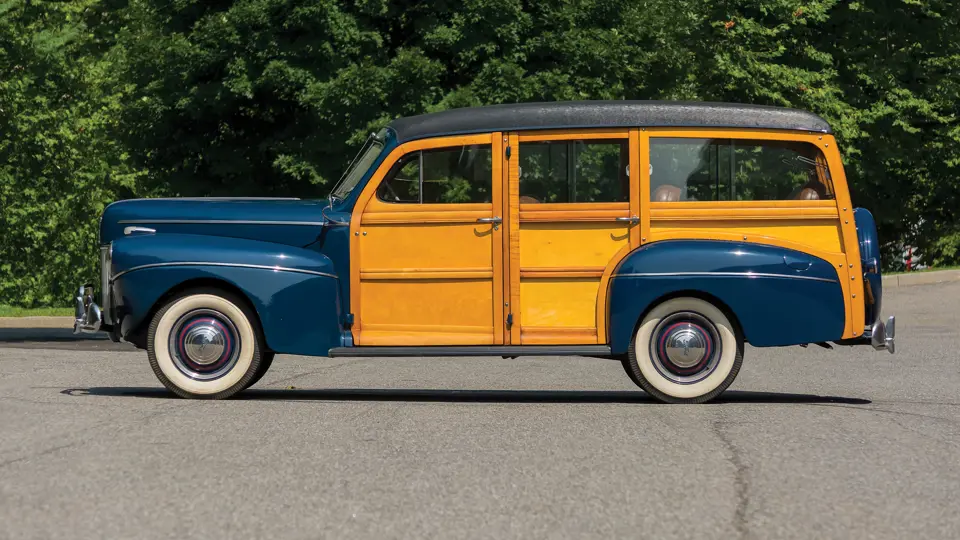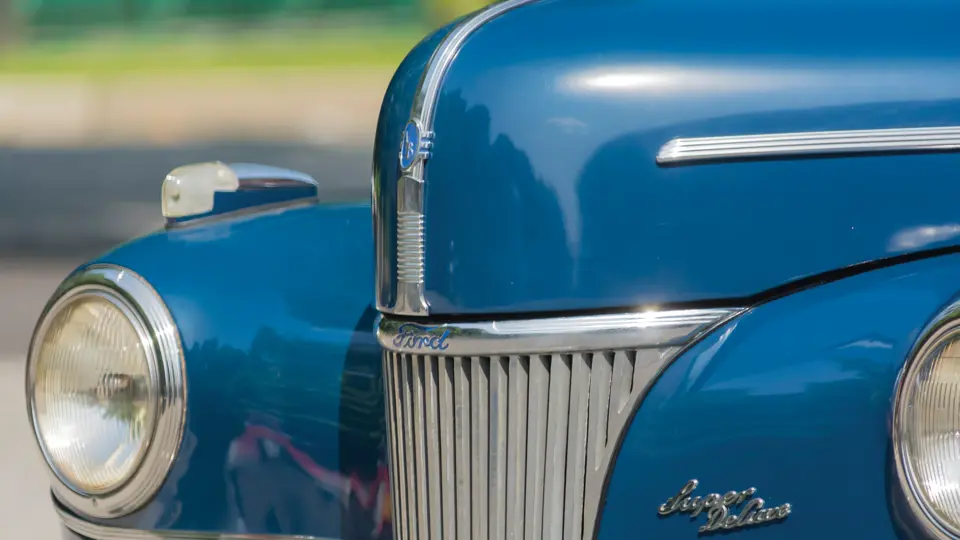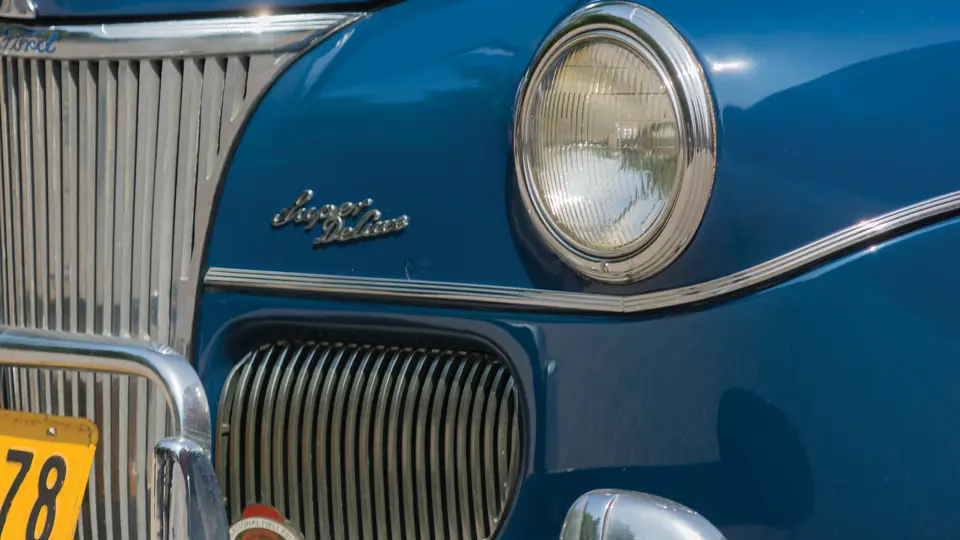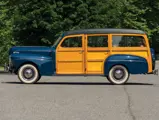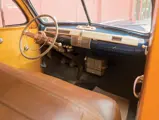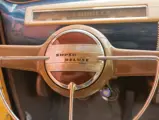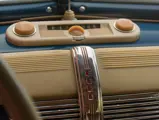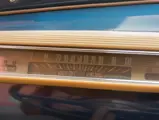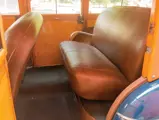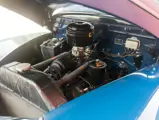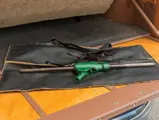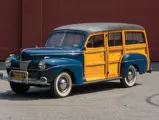Henry Ford had the foresight and the capital to purchase the town of Pequaming in Michigan’s Upper Peninsula and along with it, the half-million acres of forest surrounding it. From these forests came the maple framing and birch paneling needed for Ford’s new station wagon. He opened his own Iron Mountain sawmills in about 1922 under the Michigan Land, Lumber, and Iron Company in the Menominee River Valley.
At first, Iron Mountain’s mills turned out raw lumber. Then woodworkers made components which were shipped to Briggs and Murray in Detroit and later to Raulang in Cleveland for assembly. This changed when Ford opened his own station wagon assembly line in the fall of 1936 at Iron Mountain. At $1,015, this was Ford’s most expensive car in 1941. Powered by a 96-hp, 221-cu. in. Flathead V-8, it is one of 9,485 produced for 1941.
This wagon was first titled on 15 June 1941 in Eastern Pennsylvania; its original owner was a Ford dealer who used it as a family car throughout the Second World War. It later passed through a former employee of the dealer to its new owner in 1974. This owner embarked on a seven-year nut-and-bolt restoration to original specifications. Everything was rebuilt to using correct NOS parts and the maple and birch woodwork was restored at this time. The seats were also re-trimmed with proper dark brown leather upholstery. The original tags and the owner’s manual remain with the car.
The restoration was completed in 1985 and the car received its AACA First Junior in 1986 and its Senior Award one year later. In 1998, the car was honored with a Dearborn Award at the Early Ford V-8 Club Grand National meet in Dearborn, Michigan – all of which attest to the quality restoration and care the car has received throughout its life.




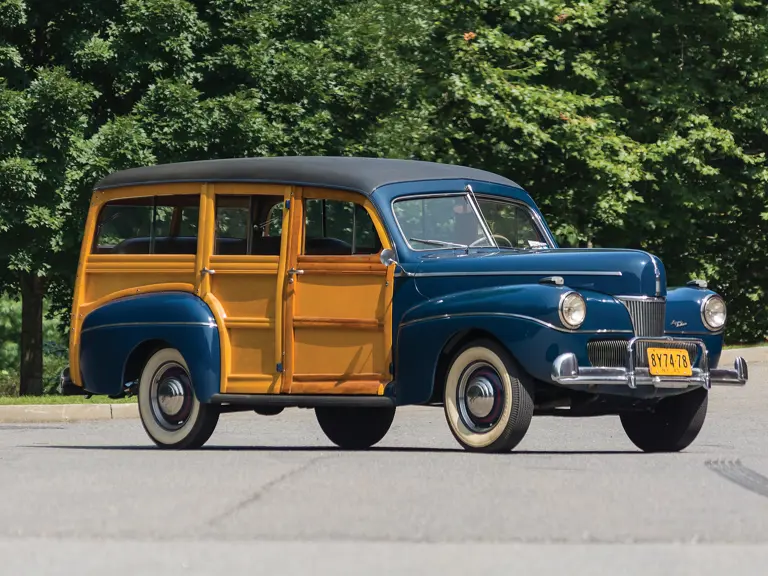
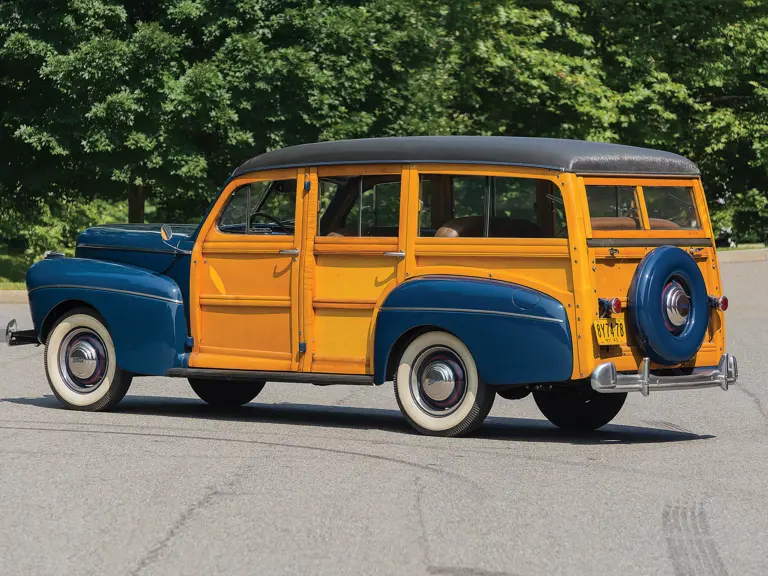

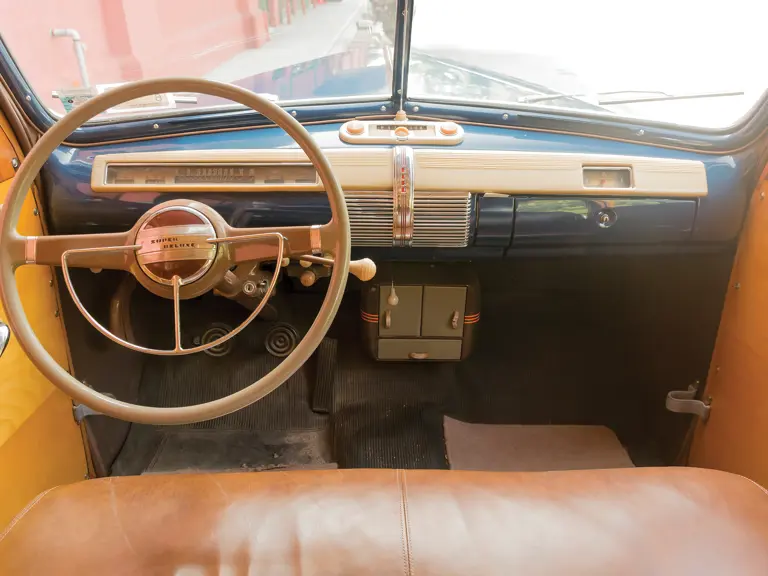
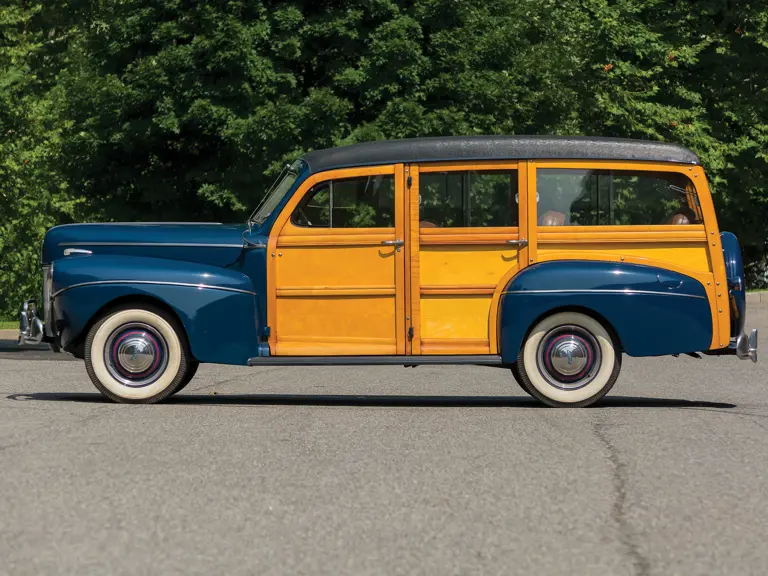
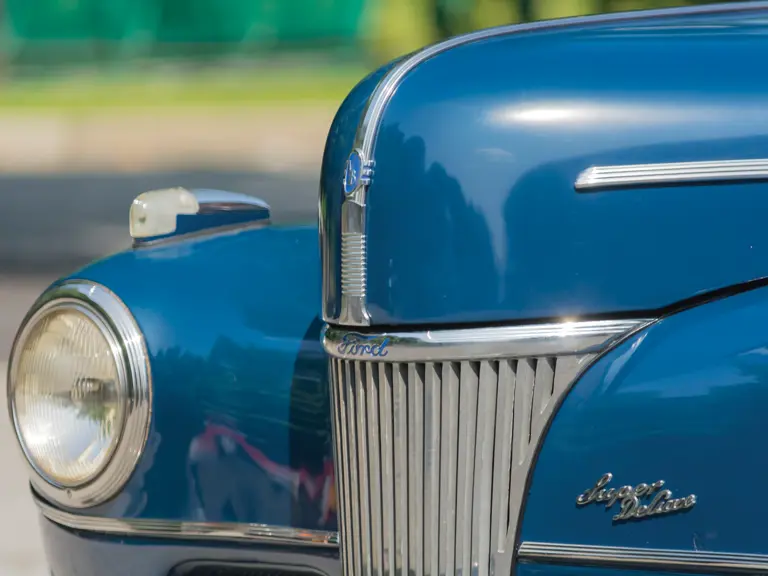
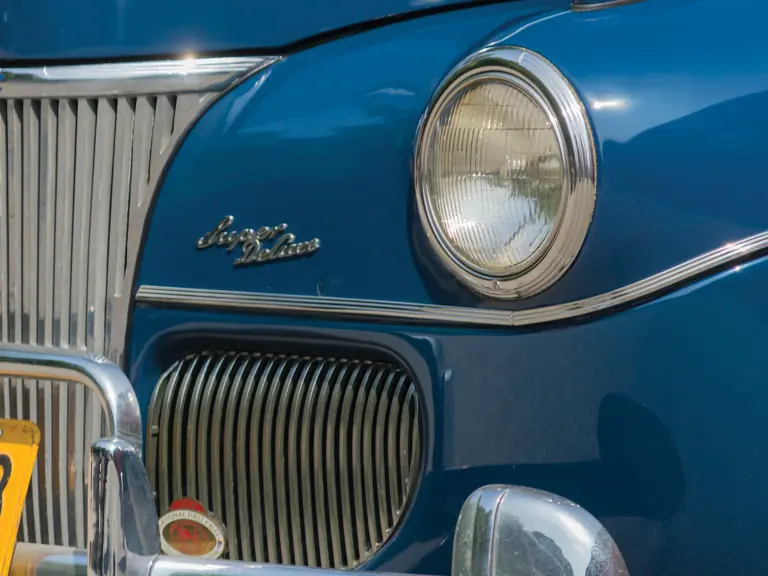
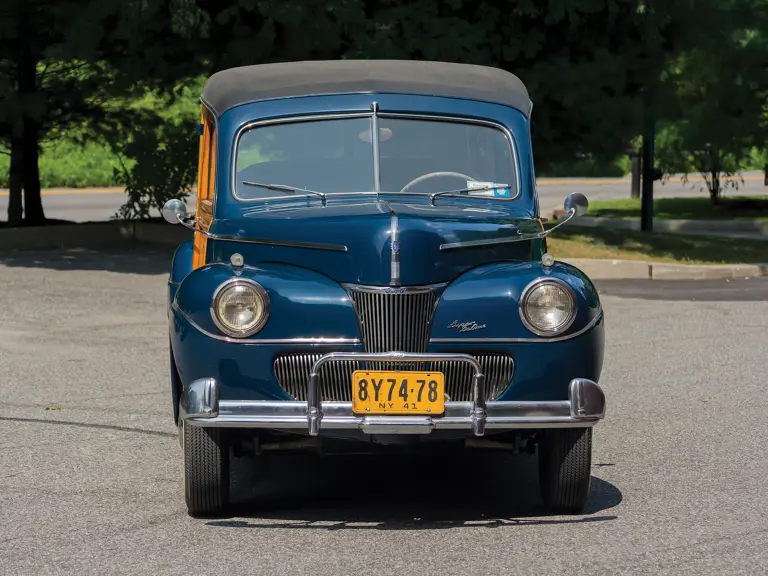
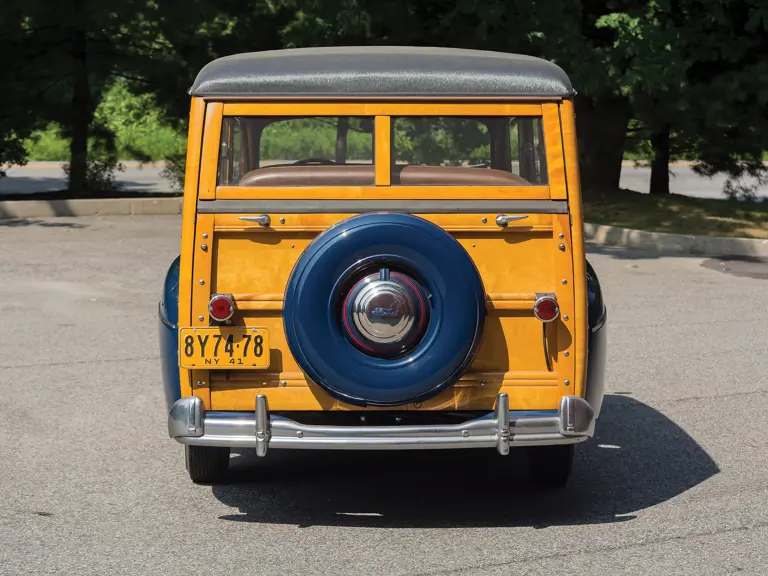
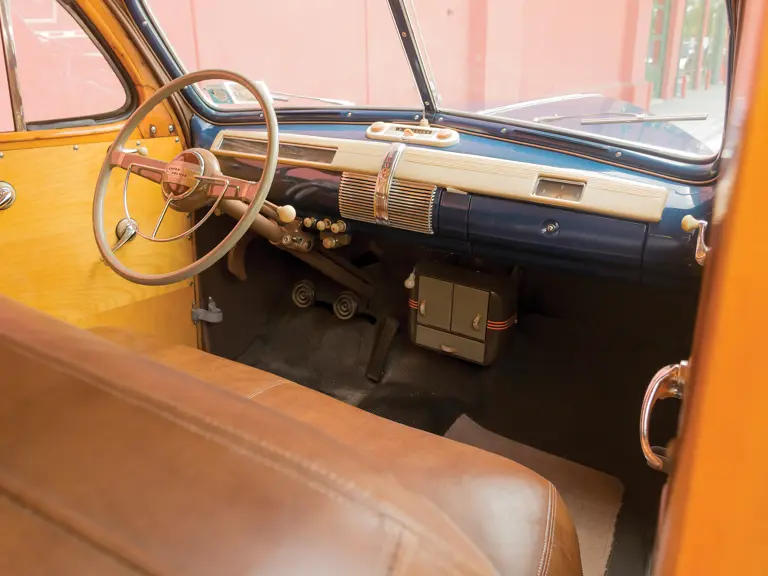

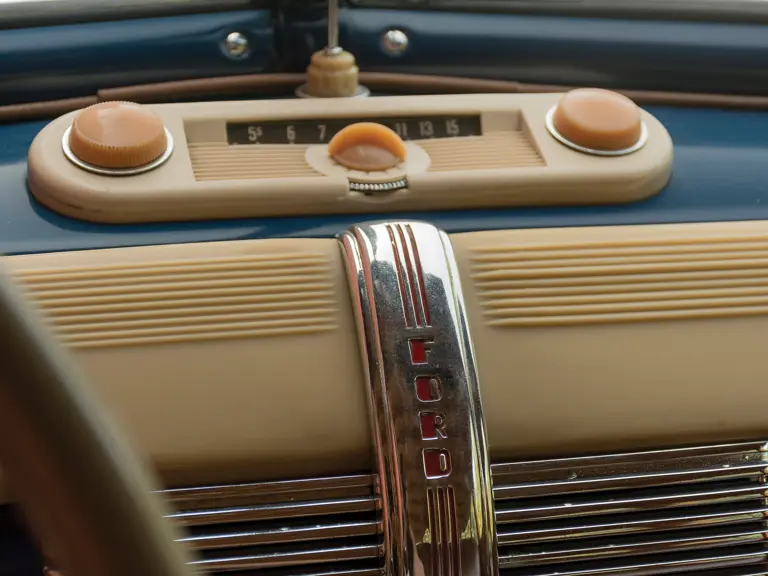

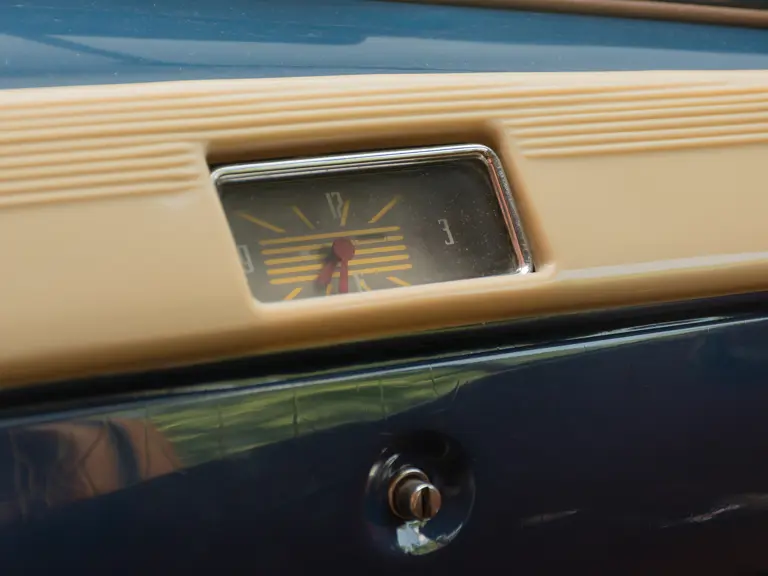
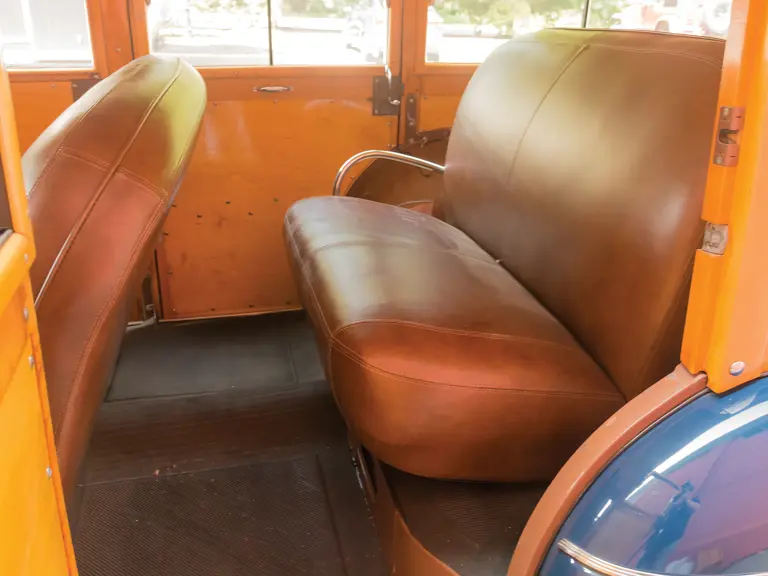


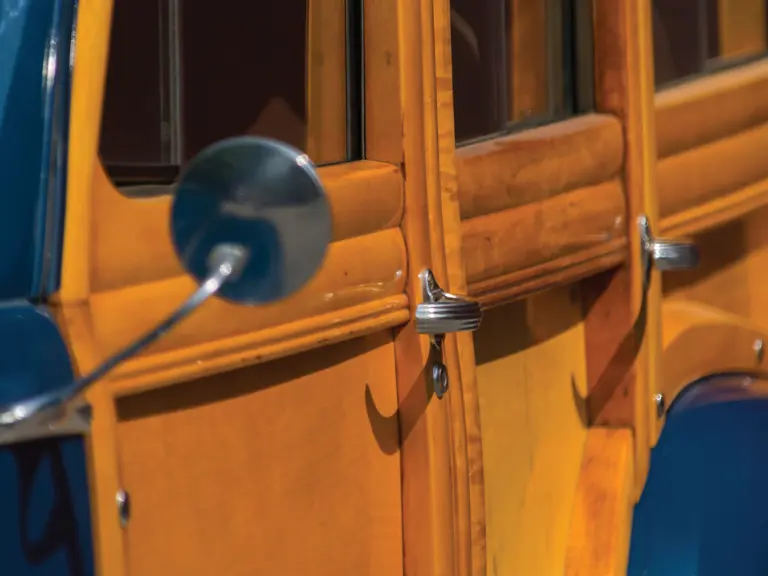

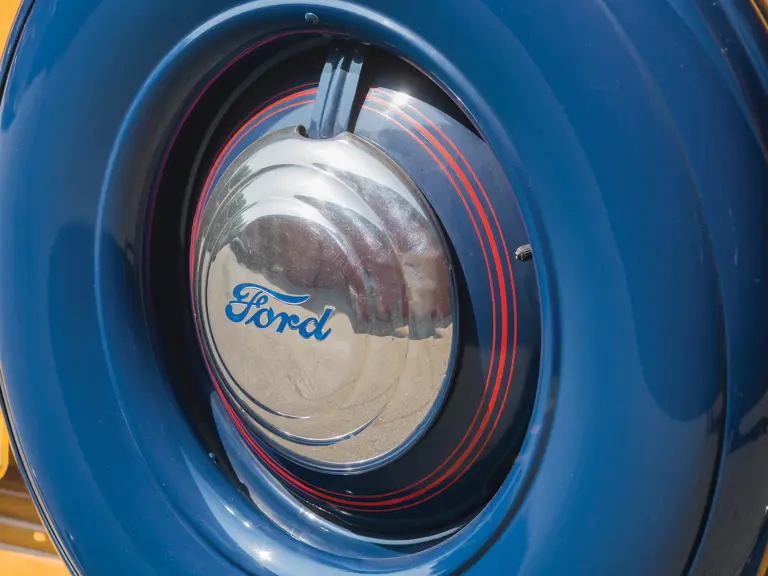
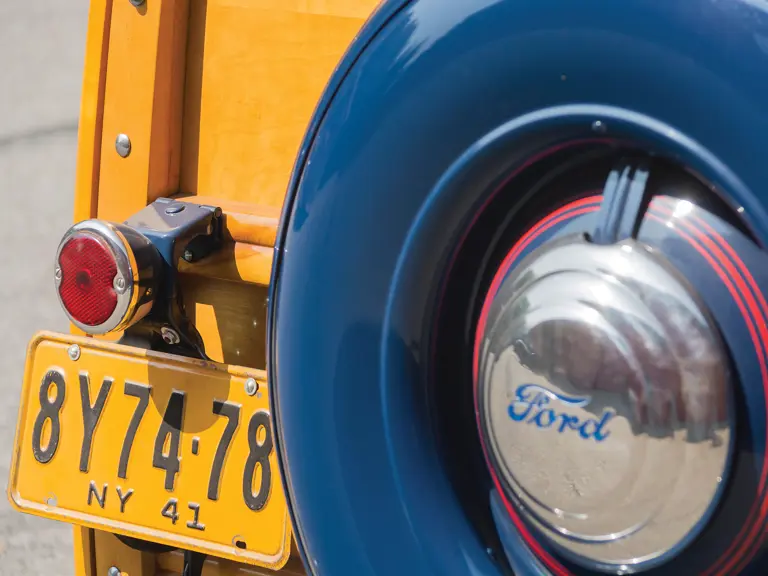
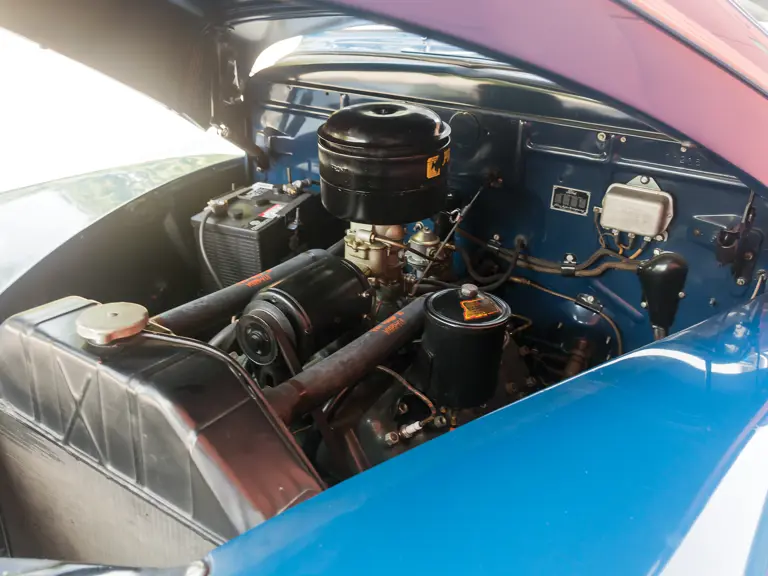
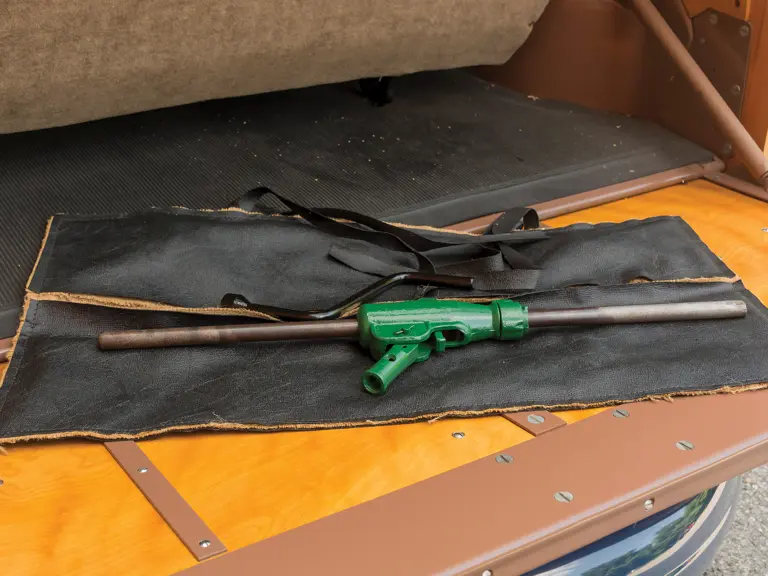
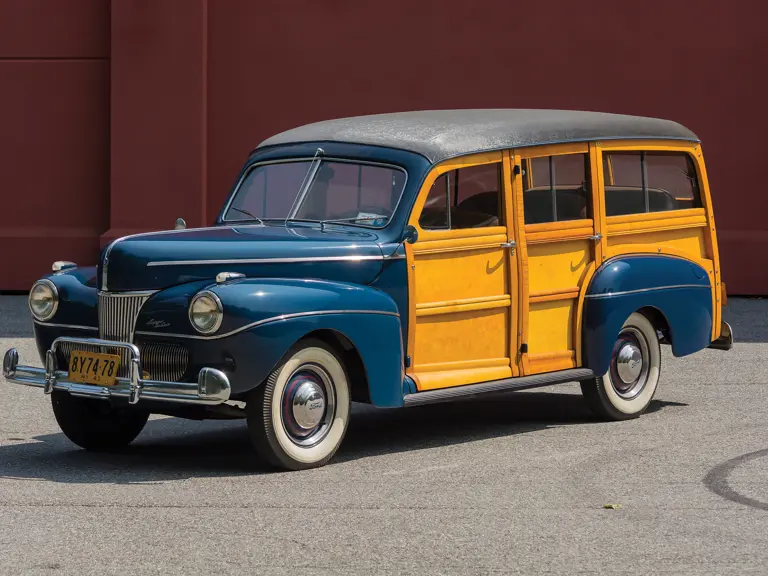
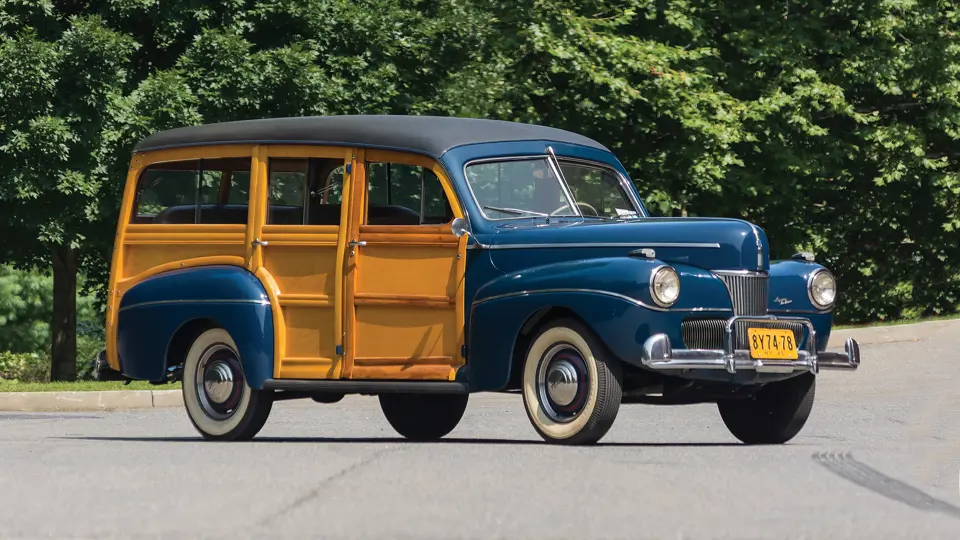
 | Hershey, Pennsylvania
| Hershey, Pennsylvania
